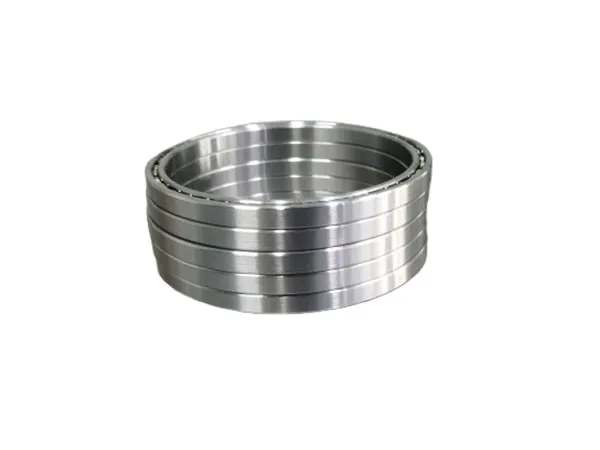Thin-section bearings are becoming increasingly popular in the design of precision machinery and compact equipment due to their unique advantages of lightweighting and space-saving features. However, optimizing the performance of these bearings, particularly how to effectively reduce friction, remains a persistent challenge for engineers. Friction not only causes energy loss but also generates heat, shortens bearing life, and even affects the overall accuracy of the equipment. This article will delve into key strategies for reducing friction in thin-section bearings.
How to Reduce Friction in Thin Section Bearings

1. A Deep Understanding of the Sources of Friction in Thin-Section Bearings
Before exploring how to reduce friction, we first need to understand the mechanisms by which friction is generated. In thin-section bearings, friction primarily arises from the following sources:
Rolling friction: The contact deformation and micro-slip between the rolling elements and the raceways.
Sliding friction: The contact between the cage and the rolling elements or rings, as well as the micro-slip movement of the rolling elements on the raceways.
Fluid friction: The resistance created by the flow of lubricant within the bearing.
Seal friction: If the bearing is equipped with a seal, friction also arises from the contact between the seal lip and the shaft or raceways. Due to the geometric characteristics of thin-section bearings, their small cross-section height and extremely limited radial and axial space mean that any form of friction will have a more significant impact on their performance.
2. Carefully Select the Right Lubricant
Lubrication is the most direct and effective way to reduce bearing friction. Lubricant selection is particularly critical for thin-section bearings:
…
For more detailed information on how to reduce friction in thin-section bearings, please click to visit: https://www.lynicebearings.com/a/blog/how-to-reduce-friction-in-thin-section-bearings.html


